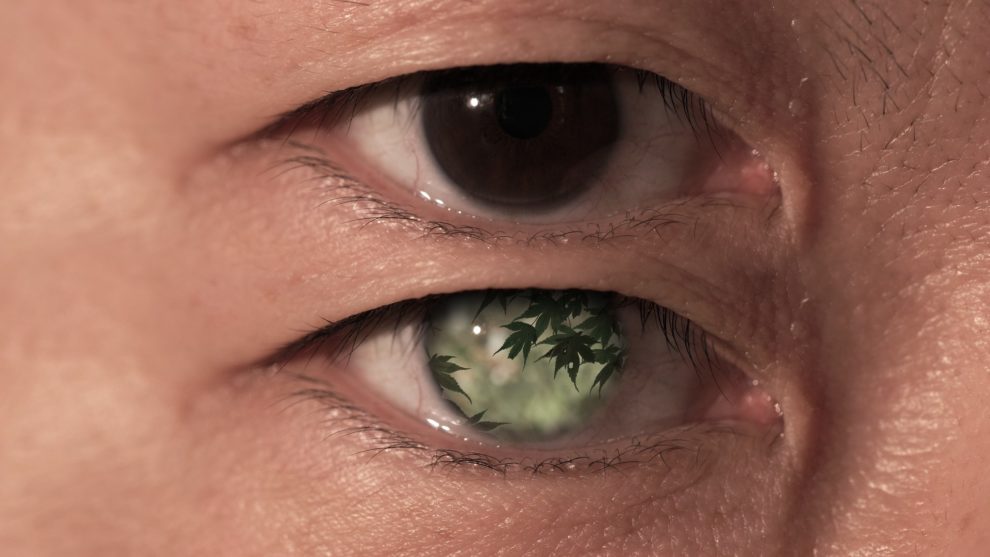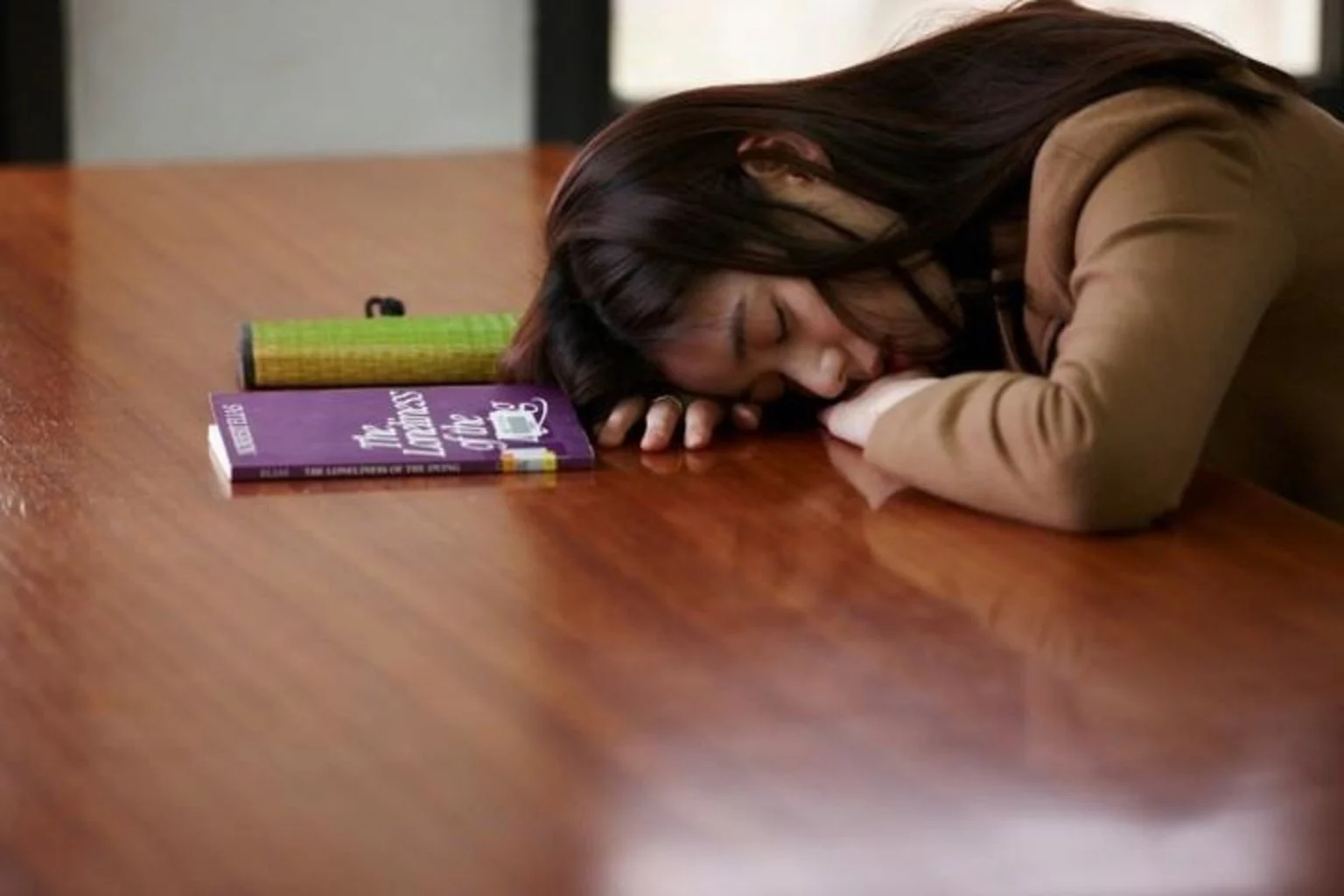How does one visualize a linguistic form that describes — well — visuals? Martin Gergik's “Haiku | 俳句” investigates this seemingly circular question in an experimental project. With the aid of performing artists, a plethora of Japan-related imagery and a complex audio track, Gergik captures the ephemeral essence of the haiku in a series of fleeting moments.
“Haiku | 俳句” review is part of the Submit Your Film Initiative

Gerigk divides the eighteen-minute short into three parts, akin to the haiku's own format: “Prisms” ; then, “Death” ; and finally, “Pines.” In this elegant symphony, life's most basic, geometrical forms transcend into chaotic birdsong, and finally arc into an evergreen afterlife of close-ups. Two human performers, a stocky man and an immaculately groomed woman, punctuate the pauses in stock imagery. They narrate the film with pellets of words; some that string together in descriptive meaning, and some simply add to the cacophony. The lines mostly come from poets spanning from the 15th to 20th century – including Iio Sōgi (1421-1502), Arakida Moritake (1473-1549), Matsuo Bashō (1644-1694), Yosa Buson (1716- 1784), Kobayashi Issa (1763-1828), and Masaoka Shiki (1867-1902).
This experimental foray into the literary form is non-narrative; however, it most certainly is not avant-garde. The images at first glance seem poetic — they repeat, they reflect; they oscillate, encapsulating the 5-7-5 mirror of the haiku, but also the metaphorical beginning, end, and afterlife. Indeed, the overlaid vector animation excels in its seeming deliberation, and the pixellated woman performance echoes the rhythmic work of Max Hattler (“Serial Parallels”). Unlike Hattler's work, however, Gerigk's visuals unravel into a disorderly mass of trite stock imagery. The sensuous waterfall gives way to famous tourist images of Itsukushima Shrine; the falling leaves melt into gross close-ups of Noh masks. The celebration of “Japanese culture” borders the line of fetishization in this sudden barrage of banalities.
There too seems to be a weak stab at complementary edited forms, in which Gerigk contrasts the smooth live-action footage of nature with the pixellated animation of the performers. The performers' various jump cuts, splices, and edits at first delight, but then later feel too on-the-nose. Only thin lines of animated shapes — circles, squares, lines, and so on — capture the delicate vibrations of the spoken word.
The film does hold merit though in its delightfully sophisticated audio track. Chirping crickets set to the gentle roll of the beating drum; bells, spoken word overlays invisible whistles and flutes. The multiple layers of competing sounds do not chafe against one another, nor do they spiral into a muddied din. Instead, each individual noise is startlingly clear — and complements its aural companion. Again, the overlaid animated shapes, gyrating in tune, spell out an optic aid to what would otherwise be confusing clamor. The sound thus composes a harmonious calm in spite of itself.
All things considered, the visuals have let down the true nature of the haiku – its acoustic component. The hackneyed photographs resonate with little intimacy with the haiku form and instead glorify it for its touristic value. Nonetheless, Gerigk's unconditional approach to sound has been a particularly a pleasant surprise in the midst of our #SubmitYourFilm initiative selections. This formal reconstruction of the haiku is simply better heard, but not seen.















